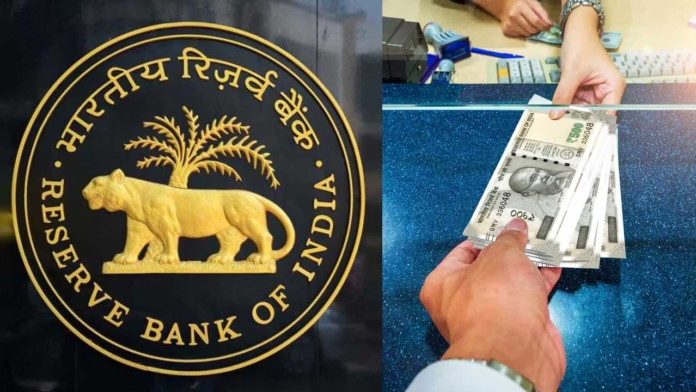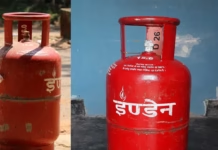There’s a quiet revolution happening in the Indian banking system. The portal at udgam.rbi.org.in is not just another web page—it is the central gateway for those forgotten bank deposits. The moment someone visits the portal they may realise their past savings, fixed deposits or current account balances that haven’t been touched in years could still be reclaimed. This article unpacks what the portal is, why it matters, how it works, and why you should care today.
What is the UDGAM Portal?
The website udgam.rbi.org.in is known as UDGAM, an initiative by the Reserve Bank of India designed to help citizens locate and recover money from long-inactive bank accounts. Developed under the supervision of the Reserve Bank of India (RBI), it is designed to help depositors locate bank funds that have been inactive or “unclaimed” for a long period. The portal centralises information across many banks so that individuals do not have to visit each bank’s website separately.
Why Was UDGAM Created?
Unclaimed bank deposits have been a persistent issue in Indian banking. Balances sitting dormant in savings accounts, current accounts, fixed deposits or other deposit schemes often go unattended for years. The RBI recognised this as a gap in financial inclusion and transparency, leading to the creation of UDGAM to give citizens a tool to search for such amounts. The portal is part of a broader mission of the RBI to strengthen depositor protection, reduce unidentified funds, and ensure individuals can reclaim their rightful funds.
Who Can Use the Portal and What It Covers
The UDGAM portal covers both individual depositors and non-individual entities such as companies for unclaimed deposits. For individuals, it allows you to search across multiple banks using parameters like name, PAN, passport number, voter ID, and date of birth. For entities, it requires inputs like entity name, authorised signatory name, or company identification number. As of 2024, about 30 banks representing nearly 90 % of unclaimed deposit value have integrated with UDGAM.
What Qualifies as an “Unclaimed Deposit”?
A deposit becomes “unclaimed” when it falls into inactivity for a defined span—for example, a savings or current account that has not been operated for 10 years, or a fixed deposit whose maturity has passed and no claim has been made for 10 years. At that point, the bank typically transfers the amount to the Depositor Education and Awareness (DEA) Fund maintained by the RBI, but the depositor or their heirs retain the right to claim it.
Step-by-Step: How to Register and Search on the Portal
First you register by visiting the portal, entering your mobile number, name, a password, and verifying via OTP. Then log in using your credentials, select one or more banks from the list, enter the account holder’s name and at least one of the identification inputs such as PAN, voter ID, passport, or date of birth. The portal then displays whether any unclaimed deposit(s) exist under those criteria. It is important to note that the portal is for search only; the actual claim must still be made to the respective bank.
How the Portal Preserves Privacy and Security
Every unclaimed deposit on the portal is represented by a Unique Deposit Reference Number (UDRN) generated by the bank’s Core Banking System. This ensures that branch or account details are not publicly exposed, protecting privacy while still enabling tracking. The registration with OTP and other security steps also contribute to safe and authorised access.
Benefits for Depositors
For depositors, the portal offers clear benefits: it consolidates search across banks in one place, removes the need to visit multiple bank sites, exposes longtime dormant funds that might otherwise be forgotten, and empowers individuals or heirs to reclaim funds they may not have even realised existed. This transparency helps financial hygiene and ensures rightful access.
Considerations and Limitations
While the portal is powerful, there are some limitations. Not all banks are on board yet, which means some unclaimed deposits may not appear yet on UDGAM. Also, the portal does not itself process claims—it only gives information. The claim resolution, documentation and payment still lie with the specific bank. Errors in input data such as name mismatches or incorrect IDs can lead to no results even though funds may exist.
Why It Matters in the Larger Banking Ecosystem
In the broader context, the UDGAM portal signals a shift in banking transparency and depositor empowerment in India. By providing a centralised system to track dormant or unclaimed deposits, the RBI is addressing long-standing inefficiencies. It also supports financial inclusion and builds confidence among depositors, which is critically important in a robust banking system.
Practical Tips for Using UDGAM
When you use the portal, keep your identification documents handy—PAN, passport, or voter ID. Prepare the correct name spelling as registered in the bank. Selecting multiple banks helps broaden the search. Make sure your mobile number and password are secure. Follow up immediately with the bank once you see a result. These practical steps make your search more effective.
The Future of UDGAM and What’s Next
The portal is expected to onboard more banks, gradually covering the full universe of deposit-holding institutions. As more data flows in, the reach of UDGAM will expand. With rising digital literacy, more users may get access and reclaim funds. Additionally, regulatory enhancements may make claim processing faster and more transparent through the portal’s insights.
Download App
Real-Life Impact Stories
The creation of UDGAM means people who may have lost track of old savings accounts opened decades ago now have a chance to reclaim them. For example, a saver whose fixed deposit matured and was unclaimed can now locate it through the portal and contact their bank to receive the amount. Many heirs of deceased depositors can now access funds they were unaware of.





